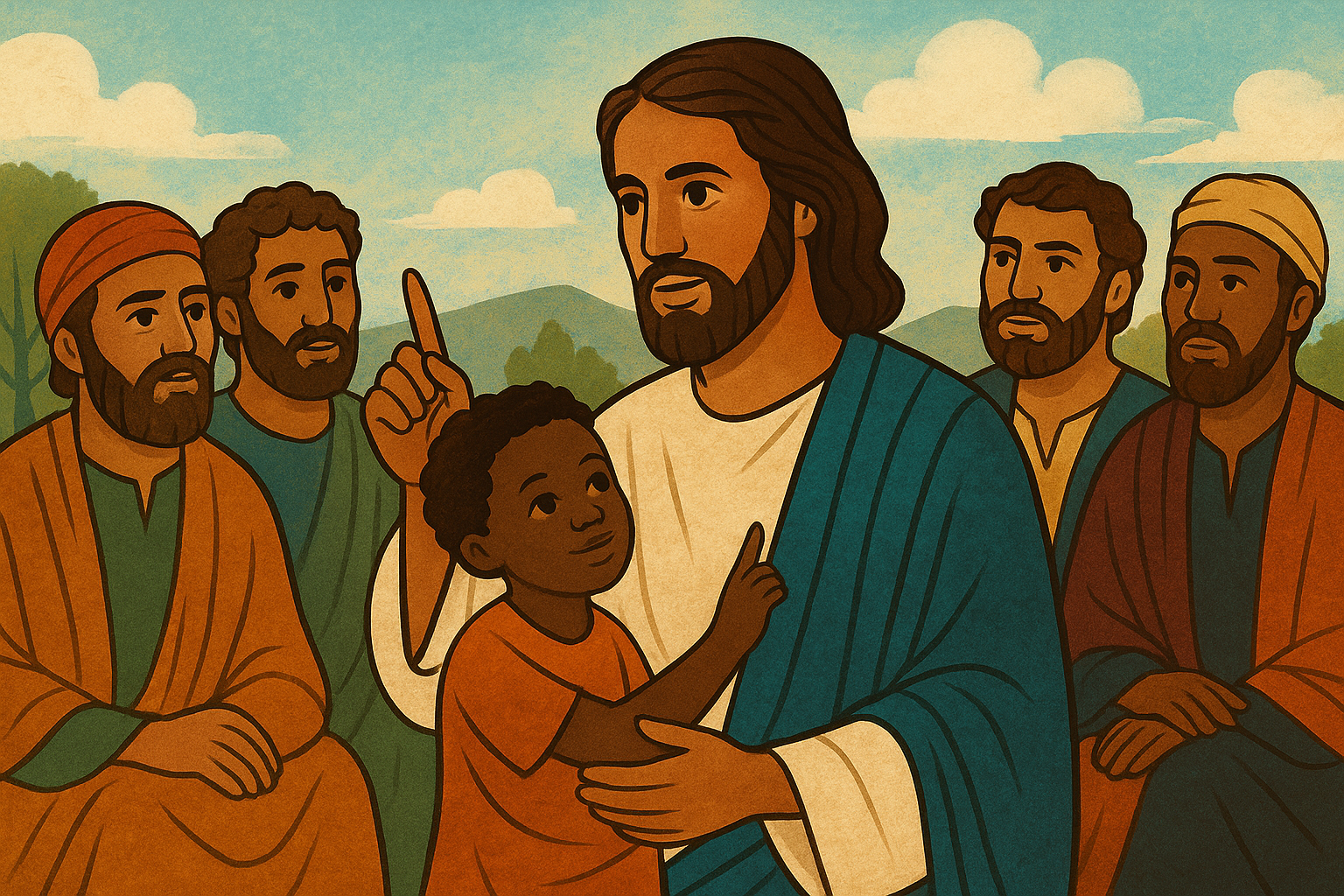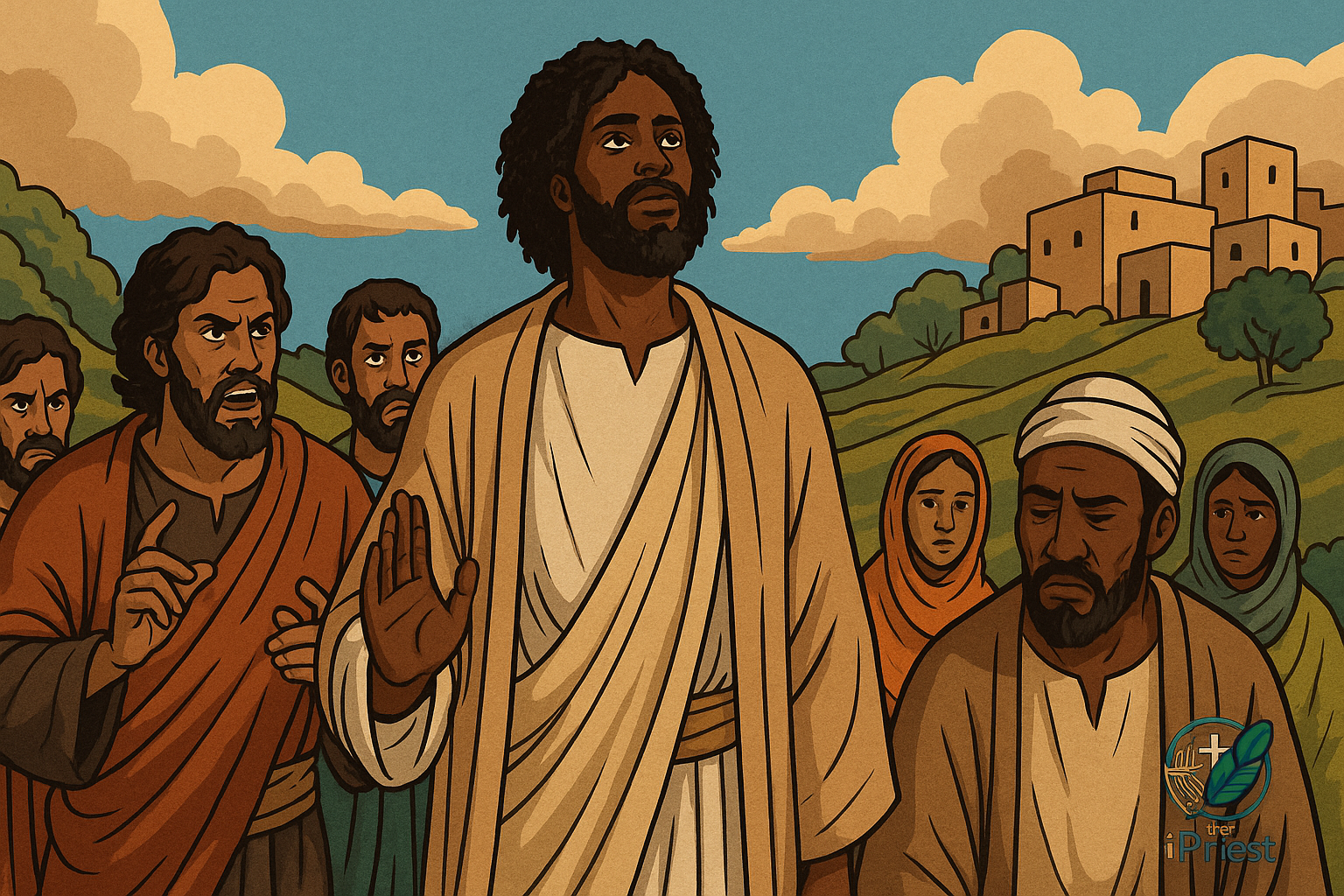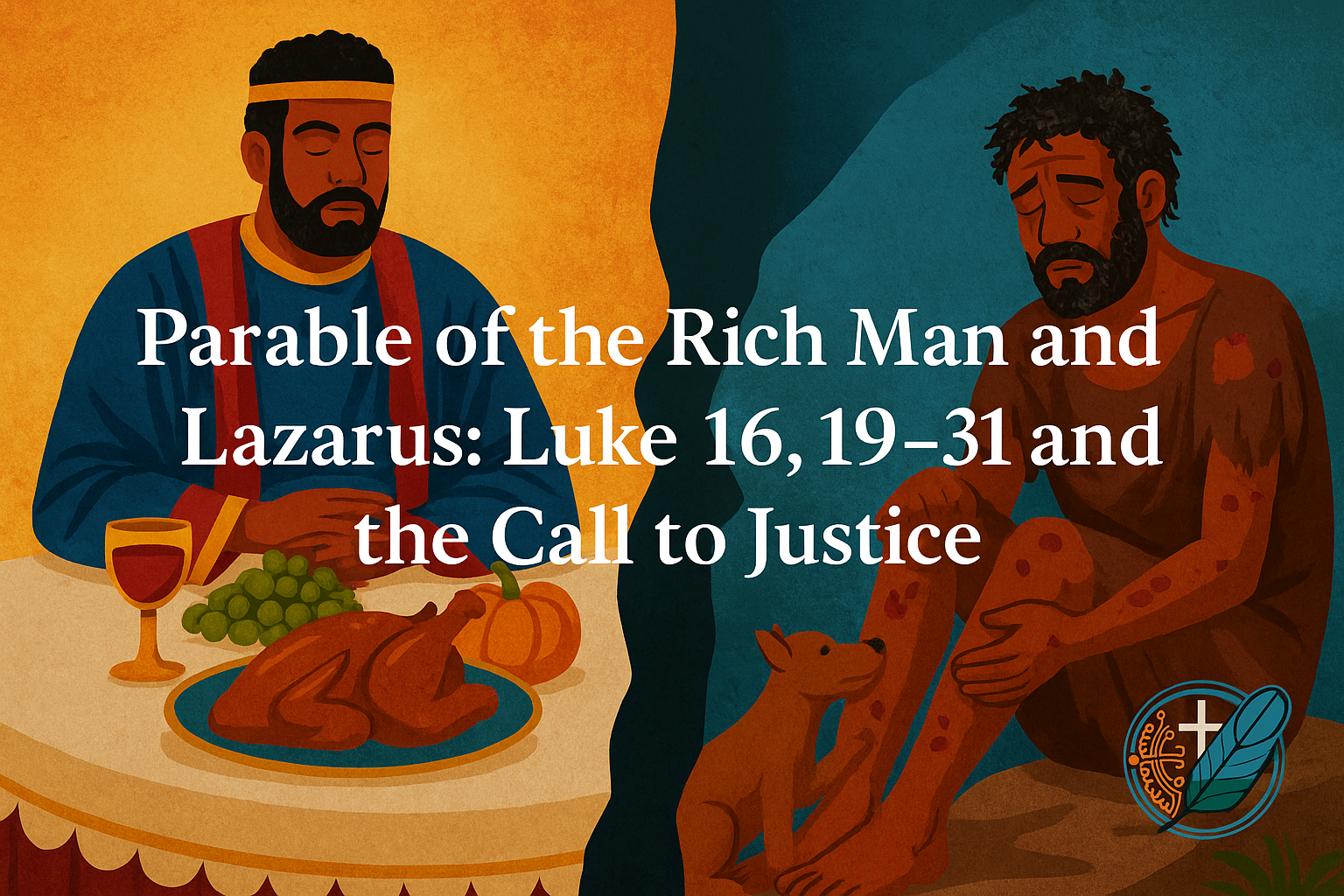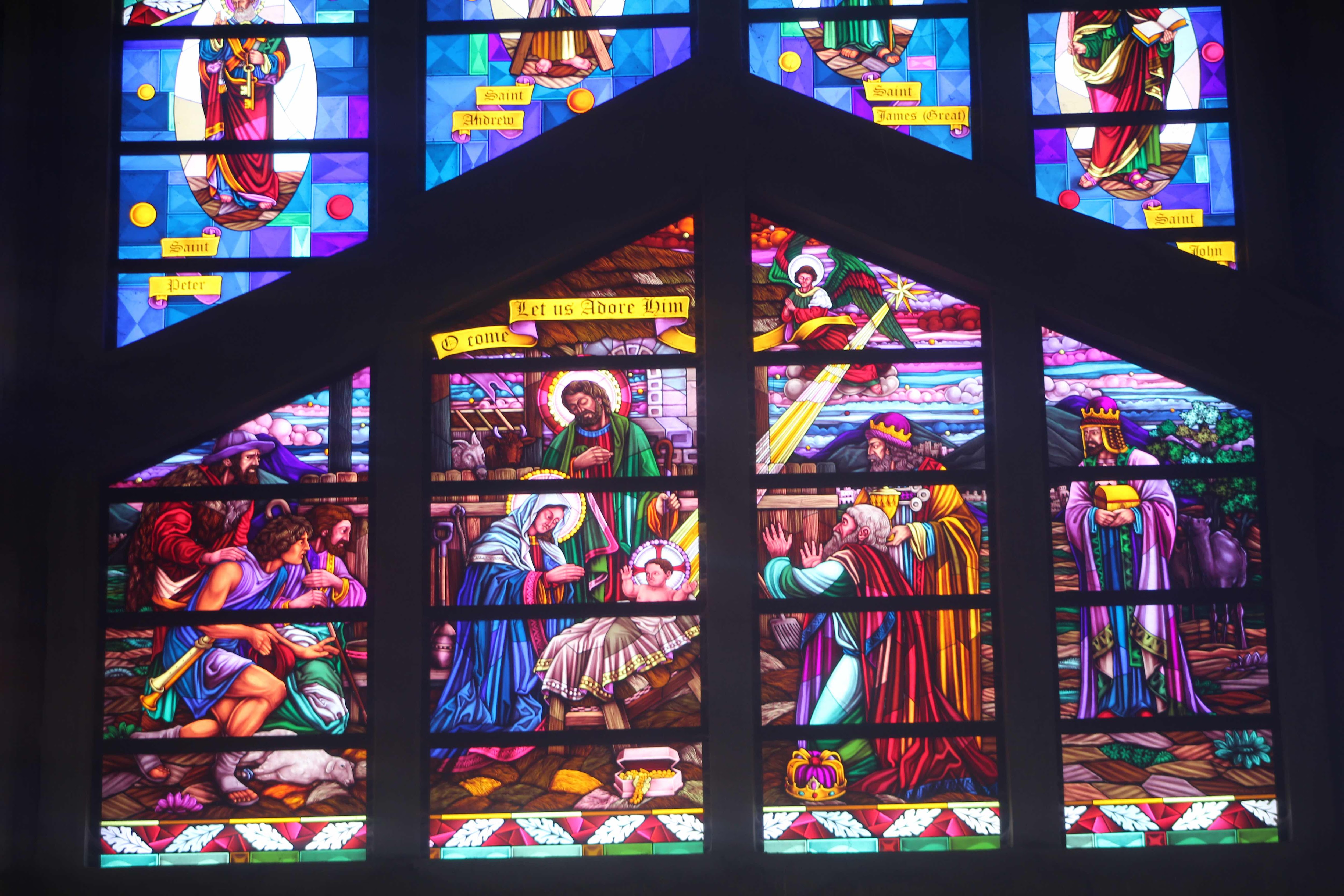
Nigeria is very rich in churches and prayer houses. We have different categories from mushroom churches to internationally acclaimed architectural structures worth of billions of Nigerian Naira. The diversity of these churches leaves no careful observer indifferent. Each person might surely has what attract more of his or her attention. Some old be the magnificent alters, the great paintings, the quality of the marbles or the arrangement of the sits, etc.
When I visit any church, I personally, look at what story the Christian community is trying to portray through their church paintings and structurisations: how are their sits disposed, what are the stories told through paintings and in which language are the messages conveyed. These, from my understanding, communicate the model of the Church and the theology which are being expressed therein. As a Catholic, my experience is basically on the Catholic Church but what I’m going to express here could be applied to any giving Christian church.
Those who have visited places with old Christian tradition understand that there exist numerous church structures. Early Christian Church structures differ from the churches inspired by the Vatican II theology. And here, the differences are not just based on a church having one alter instead of those sideline alters denouncing the individualism that existed even in the mediaeval age of our dear mother church.
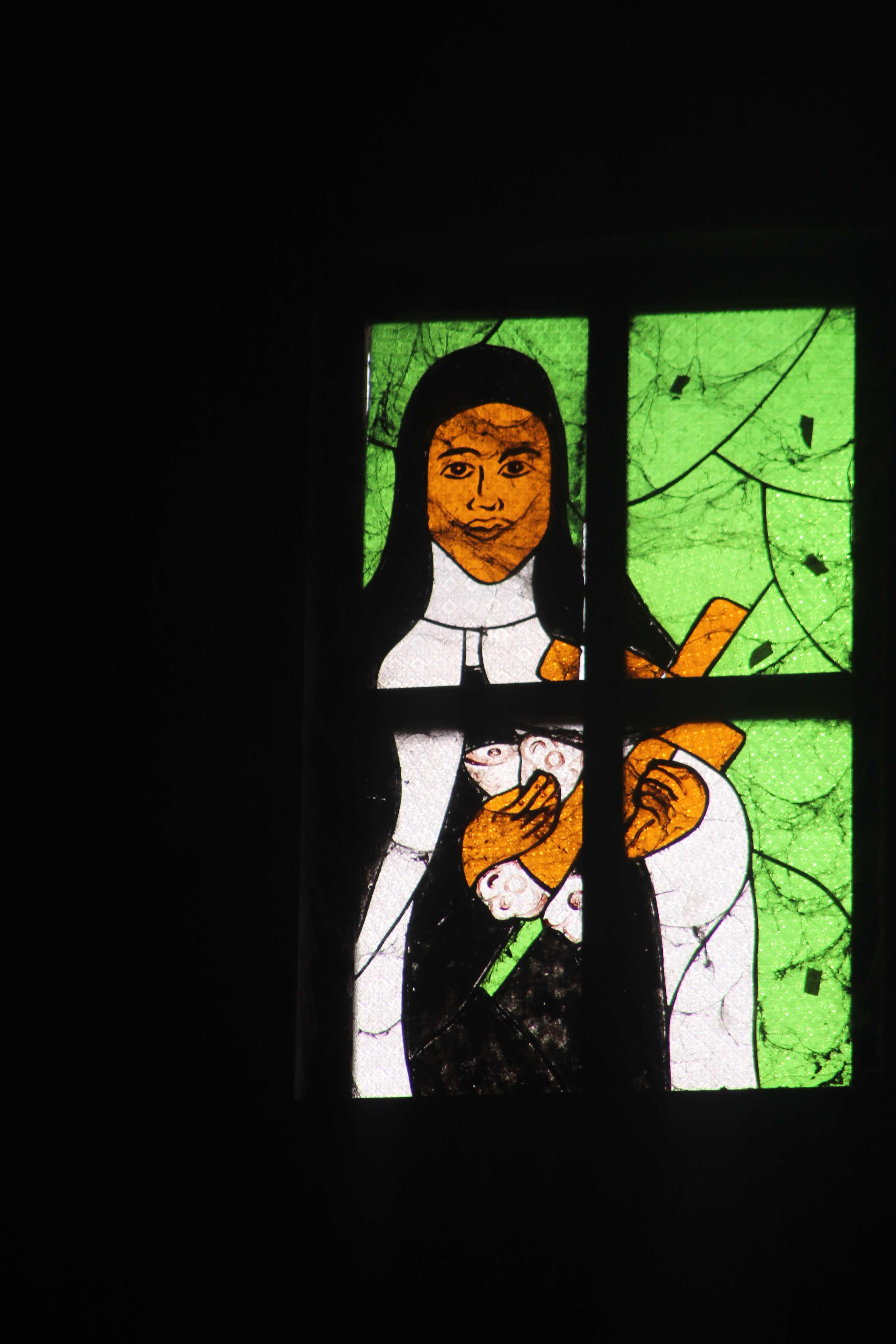
Of course, one might not understand what I mean, if ones knowledge of a church structure is only based on that small village church built in 21st century with an architectural model dating back to the XVIth century. Yes, that church in your village that is said to be an ultra-modern church may be a copy of that church where Martin Luther posted his 99 thesis. So, when I say modern Churches, I might be implying such churches where the people and the clergy are on the same level, with the possibility of the alter being at the centre of the church in certain cases. They are modern because they try to avoid the dismemberment and hierarchization of the church members.
Anyway, my problem is not even on the structure of your church for that is a trivial matter! My problem is on how our – and here I mean Nigerian in particular – churches are afraid of telling her own story of Christianity. Nigeria has over 150 years of Catholicity but in non of its churches would you see that history clearly expressed, even implicitly. Already she is doted with a Blessed in the person of Blessed Michel Iwene Tansi but hardly do you see any black face among the myriads of Saints that populate her grottos and church paintings.
Any time I visit a church, I hardly find myself represented in their history of Christian pilgrimage on earth. No fresco or paintings with my skin colour, no saint with my kinky hair and nothing sacred of my own identity is visible. I feel basically estranged and disconnected with the story they tell. I look for someone who knew what it means to be a black Christian, someone who understood what it means to come from a society with black colonial history, someone who knew what it means to be once known as uncivilized but all I see are perfect faces with wrinkle-less smiles and in many cases people who abandoned their riches to embrace Christ.
How can I easily imitate someone who never knew what it means to be hungry? How do I aspire to be a saint who was born into abundance and had to renounce his riches to follow Christ when, in reality, all my prayer is how to see my family come out of indigence? How do I access a way of life far from my social realities and far-fetched from my indigenous spirituality?
Where are the saints with kinky hairs? Where are the saints who went to church hungry even when they were observing no fast? Where are the saints who came from families of two wives and houses where extended families all navigate through the same door and call each parent “papa and maman” independent of their biological tie to those fathers and mothers? Where are the saints who had to fight their parents and village elders to attend church services on traditional sacred days? Where are the saints who passed from one slave master to the other? Where are the models that when I can’t imitate I know the fault is mine and not based on their privileges lives?
Where are the Saint Martyrs of Uganda? Where is Saint Josephine Bakhita, Saint Iwene Tansi, Blessed Isidore Bakanja, Blessed Anuarite Nengapeta, Blessed Jacques Berthieu, Saints Felicity and Perpetua, Gabriel Ngeza, Ali Arkanjelo Konogo, Bishop Eneje, etc. Where are all these prominent men who did great things to implant the church in our continent? Where is the history of our own participation in the Christendom?
Why is it so necessary to have St Theresa of Lisieux, St John Paul II, St Francis of Assisi, St Anthony of Padua, St Rita, etc., in our churches but non of our own indigenous saints? If the statues and the painting of the saints still have, among many others, the role of presenting us with models to emulate, why then do we not believe it will be easier for our young boys to emulate St Kisito and our young girls to emulate Blessed Anuarite Nengapeta than St Rita and Maria Goretti who died centuries even before our villages became known to the world?
I am convinced that the catholic Bishop Conferences are not making enough effort in that aspect. And, if it has ever occurred to the bishops that something should be done to promote that and they remained unmoved, then it is either they are unaware of the need of their local churches or they have been indoctrinated to belittle their own history, culture and identity.

